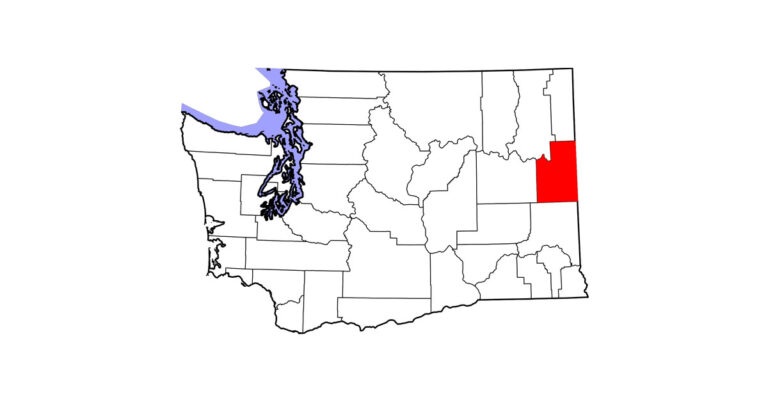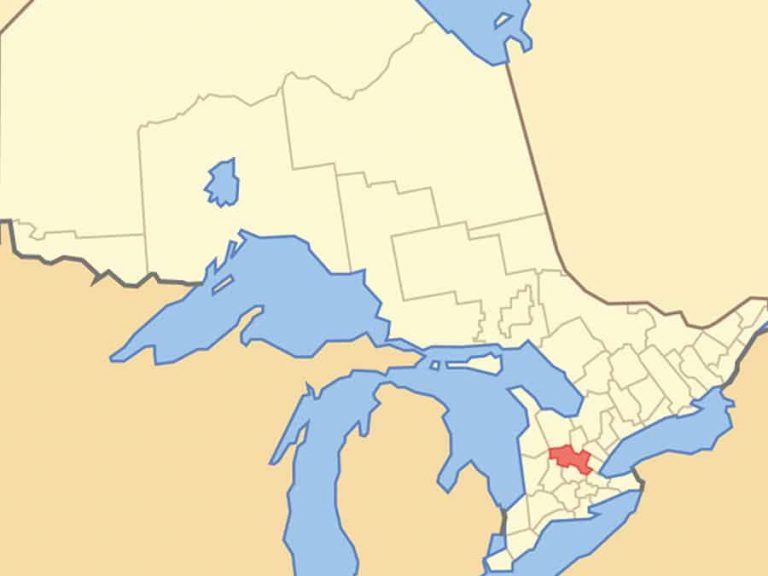Question: I really enjoy your monthly Conformation Clinic column. The information is very useful when I work with and care for sporthorses, but I’d also like to know what endurance horse conformation and qualities I should look for when selecting a mount. Can you offer any suggestions?

Answer: In endurance, beauty is as beauty does. Horse conformation traits rewarded in the show-hunter ring for their aesthetic value mean nothing in endurance if they don’t help the horse get down the trail. Arabians and part-?Arabians dominate the sport?for a variety of reasons I’ll explain later?but I’ve seen horses of all shapes and sizes succeed in the sport. Most of them prove the rule that “form is function”: Structurally correct horses are more likely to stay sound over the many miles of repetitive motion and concussion that the sport entails. Here are the most important structural qualities to look for.
1. Balance. All of the horse’s body parts should flow together. His weight should be evenly distributed from front to back and top to bottom. The hindquarters, for example, should not be disproportionately larger than the shoulders?or vice versa. Nor should the front end be higher or lower than the hind end. The bone thickness should be consistent throughout the horse, as well. A thick-bodied horse supported by toothpick legs is going to get in trouble.
2. Straightness. The legs are basically weight-bearing columns, which are strongest when they’re straight. Any extreme deviation from straightness causes torque in the joints and soft tissues, which can lead to lameness over time. However most minor deviations, such as mildly turned-out toes, rarely cause problems, particularly if the deviation is consistent throughout the entire leg. On the other hand, when a straight leg suddenly deviates at one joint?for example, turns out dramatically from the ankle down?this often becomes a point of weakness.
A horse who is over at the knee (the knee is in front of the alignment of the rest of the leg when observed from the side) is generally preferable to a horse who is calf-kneed (the knee is behind the alignment of the rest of the leg). The former is more of a blemish, whereas the latter is a weakness. A mild degree of cow hocks (the hocks are closer together than the rest of the hind legs when viewed from behind) also may not necessarily be a problem. Again, though, I would avoid any severe deviation from normal.
The sloping shoulder angle that riders idealize in other sports doesn’t seem to mean much in endurance, either. I’ve seen plenty of successful horses with ?upright shoulders.
3. Good feet. This is critical in endurance, not only because of the many miles we cover but because the footing is often rocky, hard and otherwise unpredictable. Good feet aren’t always easy to identify just by looking at them; some horses with hooves that common wisdom says would have foot problems turn out to be incredibly tough. In general, though, I look for concave soles, thick walls and heels that aren’t extremely high or low. A horse’s shoeing and soundness history is always the best predictor of his future but, in the absence of that, a knowledgeable farrier may be able to help you evaluate his hoof quality.
4. Other “defects.” Anything else that has been viewed traditionally as aesthetically undesirable but has no structural impact on the horse’s locomotion or soundness is generally acceptable in ?endurance. For example, a horse with an ugly head may be just as competitive as a prettier horse, so long as he breathes well through his nostrils and sees well in both daylight and dark (longer endurance races start and/or end in the dark). Ewe necks, long backs and “hunter’s bump”?a pronounced bump at the high point of the croup?are rarely problematic. Short backs, on the other hand, can cause saddle rubs, simply because the back edge of the saddle ends up so close to the croup.
5. Body type. Smaller, lighter-framed horses tend to excel in endurance, perhaps because of their higher-surface-area-to-body-mass ratio, which helps their body temperatures cool faster. The best endurance mounts stand about 15 hands. Those who excel in steep mountain races tend to have sturdy bodies with bulkier, more powerful muscles, whereas those winning the flatter, faster races?including international races?tend to be lighter with leaner, more streamlined muscles.
6. Movement. Watching a potential endurance horse in motion is critical. All of the above qualities can be evaluated in a horse standing still, but they won’t tell you what you most need to know: how efficiently and sustainably he travels down a trail. He must move fluidly and effortlessly, carrying himself in a natural, neutral balance. He should also possess a great deal of scope?the ability to lengthen and shorten his stride easily?which will help him cover more ground more efficiently.
Any dramatic deviation in the gaits, such as paddling or winging, not only wastes energy but also can lead to ?injury. Even excessive suspension in the gaits?a quality much sought after in other disciplines?can be a drawback, as it wastes too much energy pushing the horse up into the air rather than down the trail.
All of these recommendations ?address the ideal physical qualities of a good endurance horse. But there are many essential qualities that are harder to measure: stamina, heart, toughness and an uncanny sense of where to place his feet on the trail without tripping on rocks or roots. These qualities have been bred into Arabians for centuries, hence their great competitive success. But you can find them in horses of almost any breed. So keep an open mind?and enjoy horse hunting!
Dr. Michele Roush has recorded more than 13,000 lifetime miles on more than 50 horses in American Endurance Ride Conference-sanctioned events. She has won multiple regional championships and best-conditioned awards, including the Haggin Cup at the 2005 Western States Trail Ride (also known as the Tevis Cup). She was a member of the silver- and gold-medal teams in the 2001 and 2003 Pan American Endurance Championships, respectively, as well as the US team at the 2004 World Endurance Championship. In 2010, she was short-listed for the World Equestrian Games. Based in North San Juan, California, Dr. Roush also serves as a veterinary official at many major endurance competitions and has coached other riders to championships and personal-best performances.
This article originally appeared in the November 2011 issue of Practical Horseman magazine.










